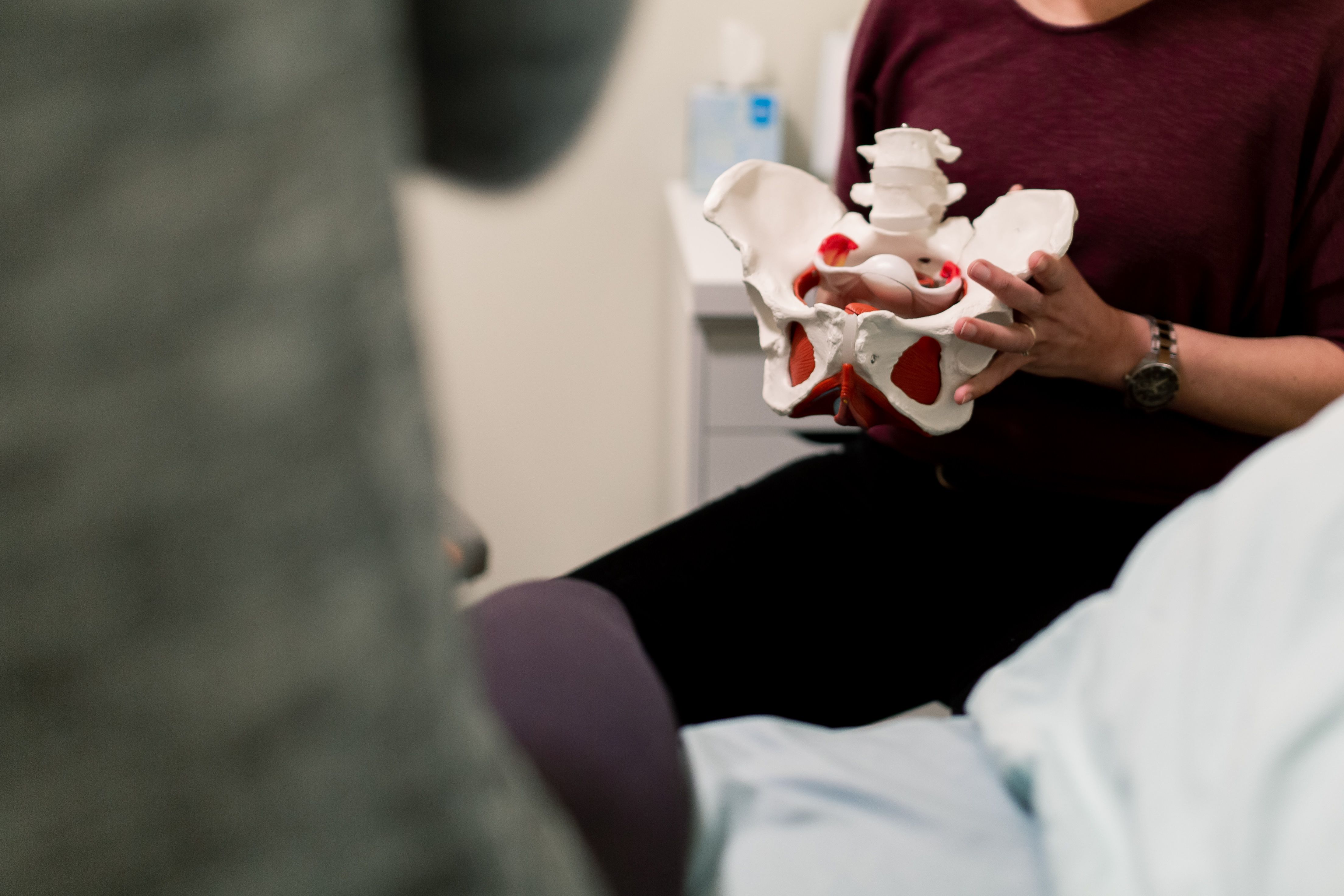Platelet-rich plasma (PRP) is effective at managing pelvic floor disorders, according to a recent study published in the International Journal of Reproductive BioMedicine.
Takeaways
- Recent research indicates that Platelet-Rich Plasma (PRP) holds promise as an effective treatment for pelvic floor disorders, offering potential relief for those affected.
- PRP demonstrates efficacy across a spectrum of pelvic floor disorders, including stress urinary incontinence, pelvic organ prolapse, sexual dysfunction, and more, highlighting its versatility.
- Studies reveal positive outcomes post-PRP treatment, such as improved sexual function, reduced urinary incontinence symptoms, and enhanced vaginal health, suggesting a tangible benefit for patients.
- While PRP shows potential, further research, including standardized clinical trials, is necessary to establish its clinical efficacy, dosage guidelines, and optimal administration techniques.
- PRP appears to have a favorable safety profile, with adverse events primarily limited to mild and transient side effects such as hematuria and painful urination, emphasizing its potential as a well-tolerated treatment option.
Pelvic floor disorders have been reported in 23.7% of US women, with this rate doubling in women aged 80 years. Quality of life may be significantly impacted by discomfort caused by symptoms of pelvic floor disorders, but while treatment has evolved for better management, existing treatment is not fully satisfactory.
The structure and function of the pelvic floor is impacted by relationships between muscles, bones, connective tissue, and nerves. PRP, a derivative of whole blood containing a supraphysiological concentration of platelets, can repair damaged tissue. This makes PRP a potential alternative treatment for pelvic floor disorders.
Investigators conducted a systematic review study to evaluate the association between PRP and pelvic floor disorders. Study authors described pelvic floor disorders as, “conditions that affect the proper function of the female pelvic organs.”
Databases evaluated include PubMed, Cochrane Library, Science Direct, Google Scholar ProQuest, and Scopus. Keywords included “pelvic floor disorders”, “urogynecology”, “platelet-rich plasma”, and their synonyms.
Stress urinary incontinence (SUI), pelvic organ prolapse (POP), perineal trauma, female sexual satisfaction, vulvovaginal atrophy, and vesicovaginal fistula were the primary pelvic floor disorders examined. English articles published between 2012 and 2022 discussing these topics were eligible for analysis.
Exclusion criteria included letters to editors, animal studies, abstracts without full text, review studies, discussing disorders in male patients, and articles not written in English. The quality of articles was assessed using the physiotherapy evidence abbreviated PEDro scale.
Authors independently extracted titles and abstracts using Microsoft Excel. Afterward, researchers identified, extracted, and sorted relevant results, developing themes and subthemes. Extracted data included year of publication, author’s name, type of study, country, type of case, sample, dose and treatment technique, outcome measurements, side effects, and findings.
There were 15 articles of moderate to good quality included in the final analysis. Six hundred women were evaluated, 164 with sexual dysfunction, 1 with pain during urination, 20 with vulvovaginal atrophy, 179 with SUI, 16 with recurrent vesicovaginal fistula, 210 with perineal rupture, and 10 with POP.
PRP production was accomplished by collecting peripheral blood for centrifugation. Injection techniques varied based on the condition, occurring on the anterior vaginal wall and clitoris for sexual dysfunction.
Injection occurred on the urethral meatus, external sphincter, anterior lower one-third of the vagina and periurethral area, or anterior vaginal mucosa for SUI. Transvaginal injection was performed for vesicovaginal fistula.
Female sexual function index scores, subdomain orgasm scores, and genital perception were all improved following PRP administration. A slight increase was also observed in sexual distress scale-revised score.
For vulvovaginal atrophy, a significant increase was observed in total vaginal health index scores. Additionally, female sexual distress scores significantly decreased. Among patients with SUI, mean VAS of SUI scores significantly decreased following administration. Alongside these findings, significant improvements in bladder function variables were identified.
Other impacts of PRP include improved treatment of secondary sexual dysfunction, ending complaints of severe pain in a case of perineal trauma, and healed vaginal wall without scarring in a case of vesicovaginal fistula. Adverse events included mild hematuria and painful urination, reported in 10 patients.
These results indicated PRP is effective at managing various pelvic floor disorders. Investigators recommended a clinical trial with standard preparation, administration, and regime to establish clinical efficacy.
Reference
Mardiyan Kurniawati E, Anisah Rahmawati N, Hardianto G, Paraton H, Hastono Setyo Hadi T. Role of platelet-rich plasma in pelvic floor disorders: A systematic review. Int J Reprod Biomed. 2024;21(12):957-974. doi:10.18502/ijrm.v21i12.15034

